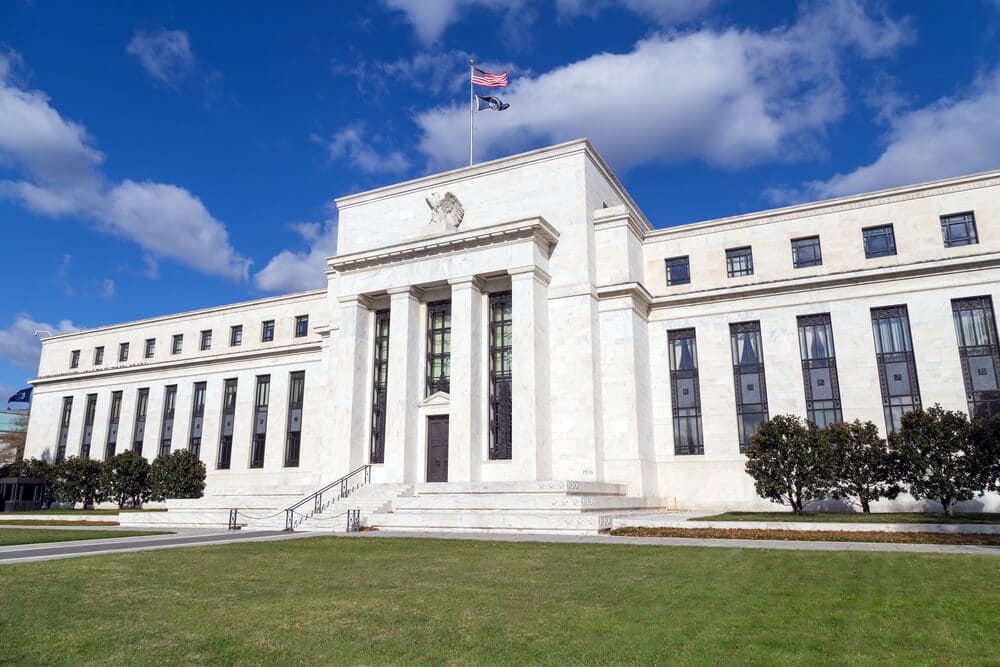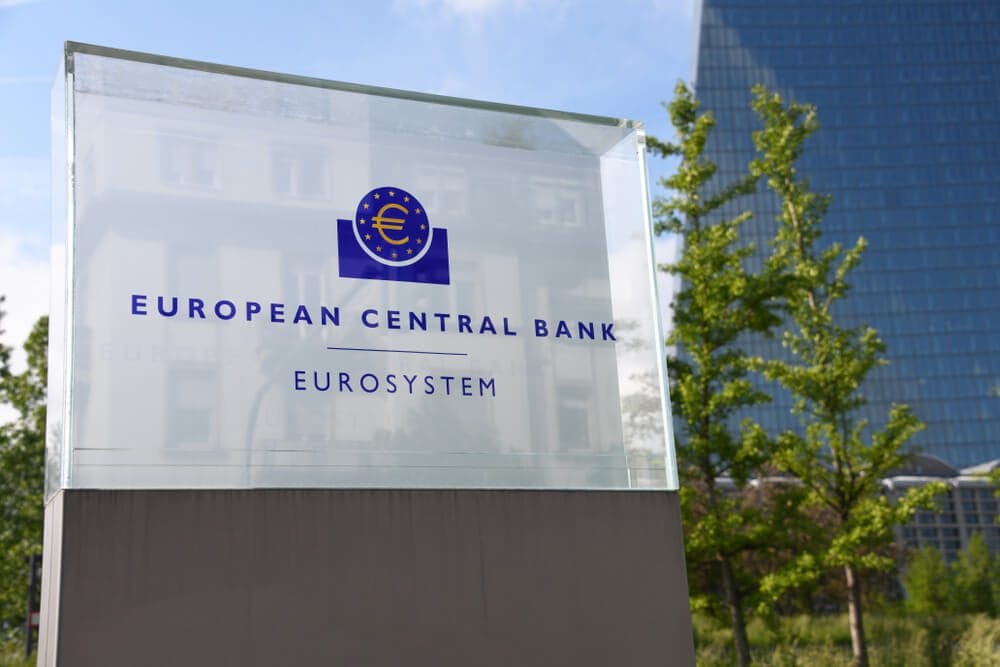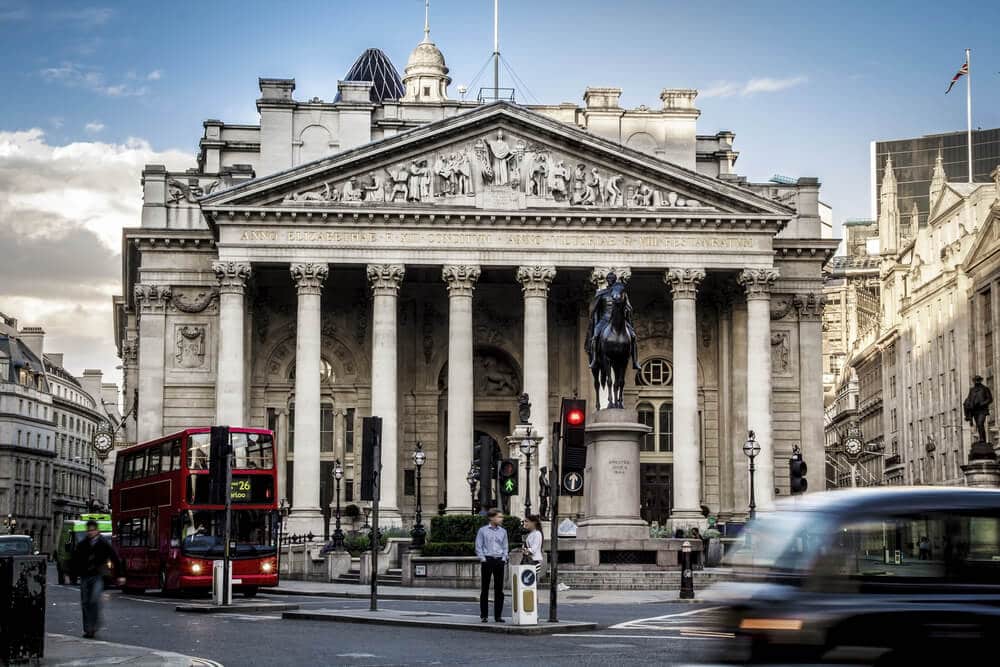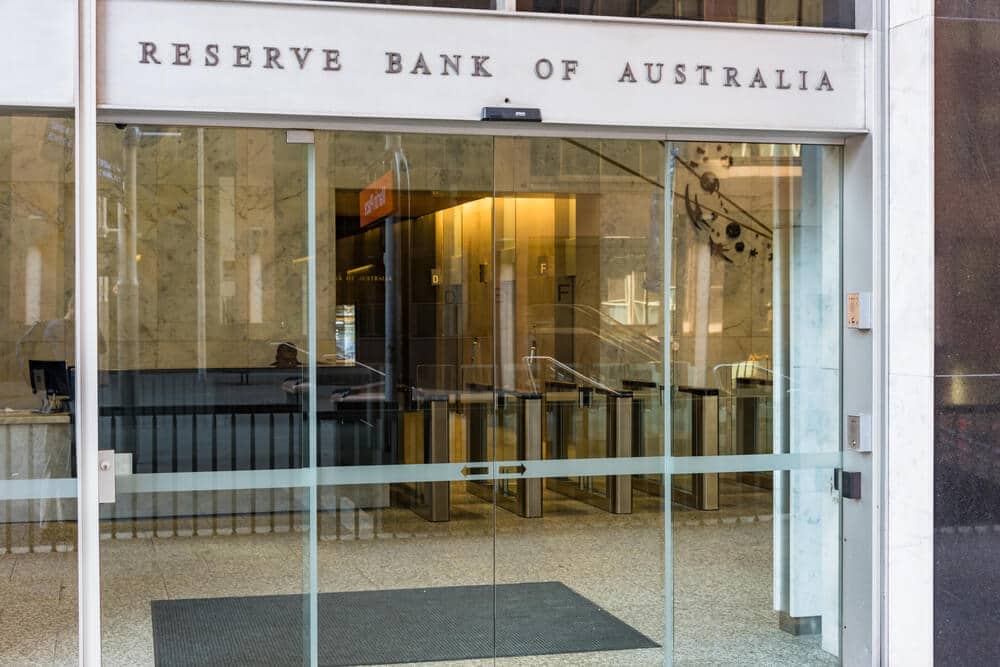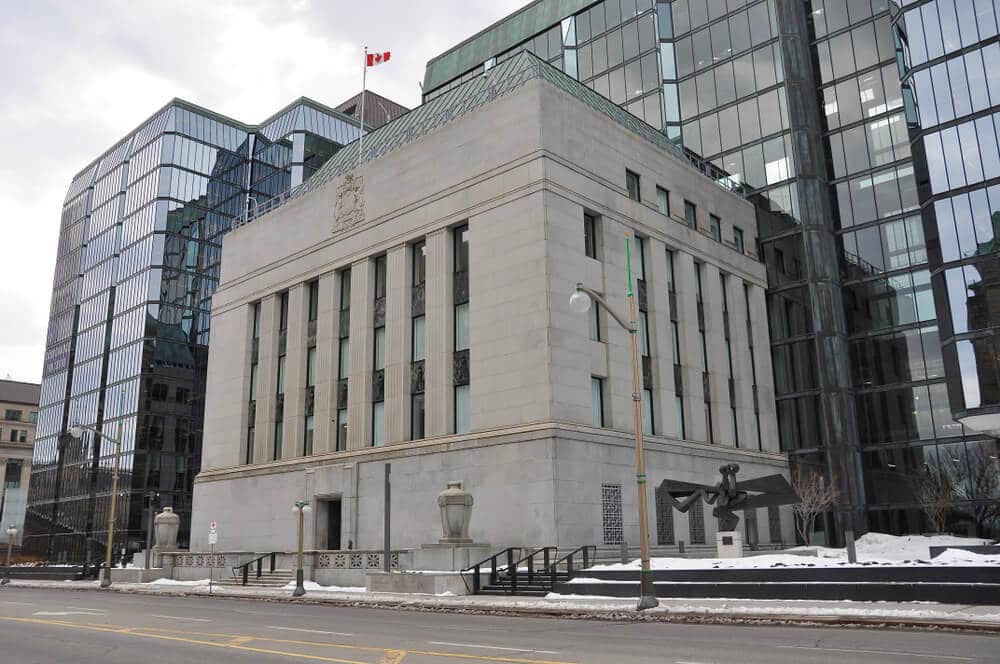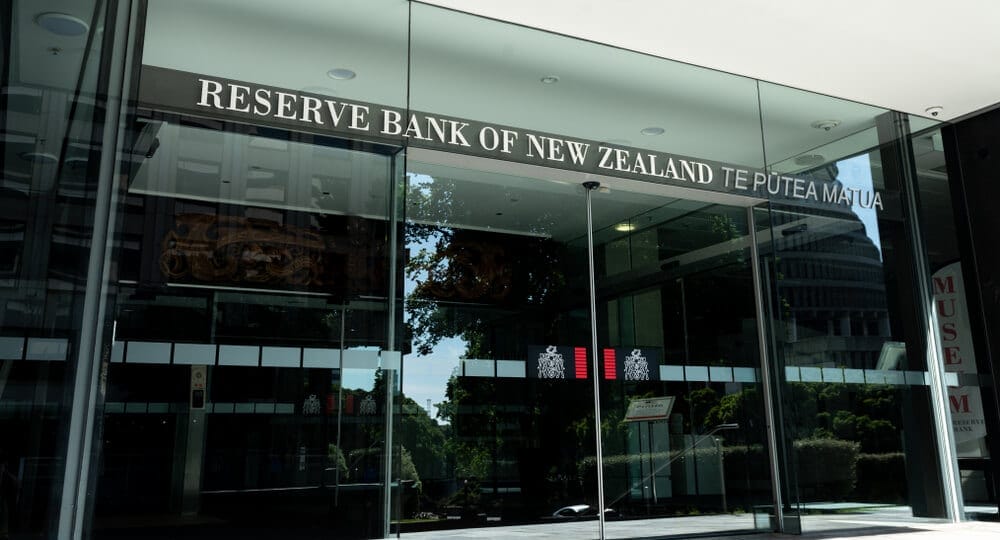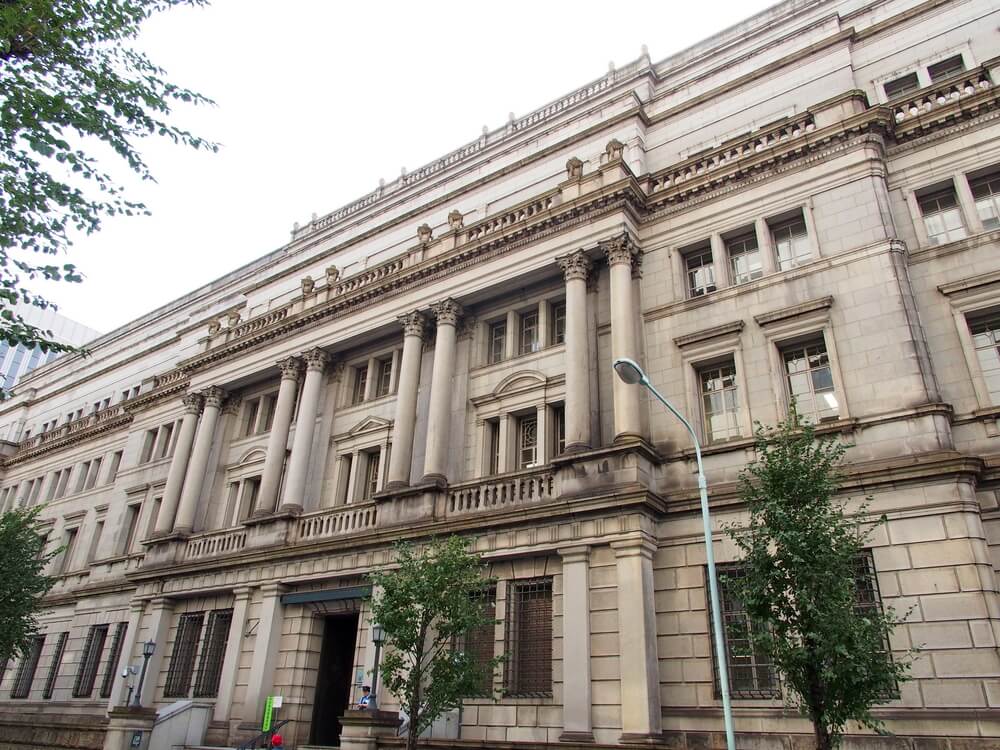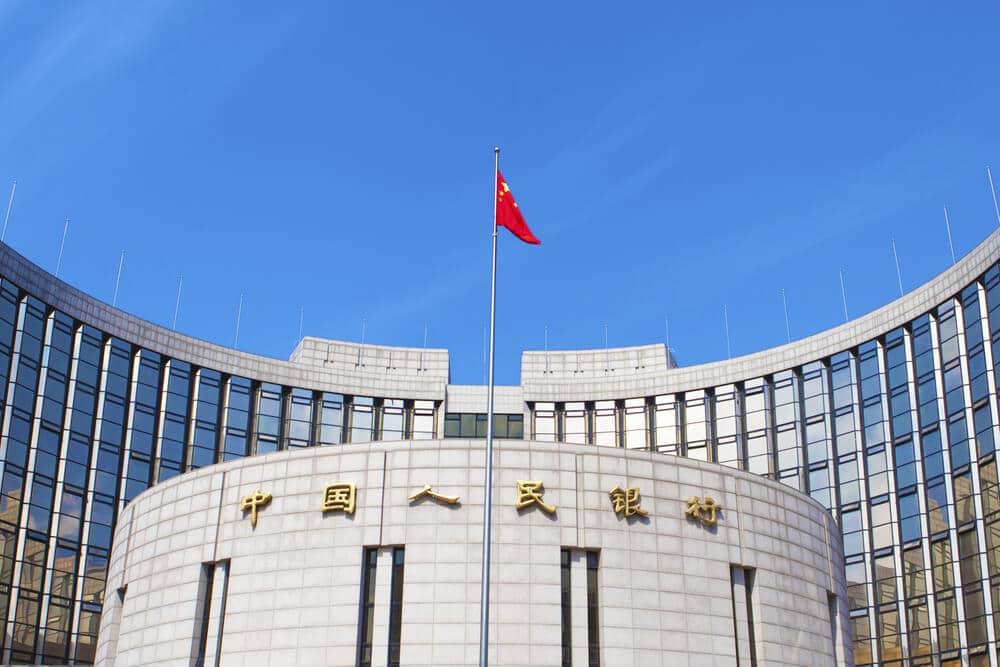THE FEDERAL RESERVE SYSTEM
The United States’ primary banking institution is known as the Federal Reserve System. Congress established it in 1913 with the objective of building a monetary and financial system for the country that was more secure, more adaptable, and more reliable. Its influence on banking and the economy has grown significantly over the course of the years. It does this by carrying out five broad duties, all of which serve to advance the efficient running of the economy in the United States and, more generally, the public interest.
To facilitate the establishment of the Federal Reserve System, the United States was subdivided into 12 geographical districts, each of which received a Reserve Bank that was independently established. The Federal Reserve was founded to serve the public interest. The Board of Governors, the Federal Reserve Banks, and the Federal Open Market Committee are the three most important parts of the Federal Reserve System. The Board of Governors is responsible for setting monetary policy for the Federal Reserve System. These three organizations make choices jointly that contribute to the improvement of the state of the American economy and the reliability of the American monetary and financial system.
THE EUROPEAN CENTRAL BANK
The European Central Bank, sometimes known as the ECB, serves as the primary banking regulator for countries using the euro. It is made up of the 19 countries that are members of the European Union (EU) and have chosen to use the euro as their standard currency. The ECB’s primary responsibility is to manage the supply of euro currency and to ensure price stability across the area. This is accomplished through the implementation of monetary policy.
The Treaty of Amsterdam, which was signed in 1998, was responsible for its establishment. It is based out of Frankfurt which is located in Germany. The European Central Bank (ECB) is directed by a governing council that is made up of six members of the executive board, one of whom holds the position of president, and 19 governors from the national central banks of the countries that make up the eurozone. The European Central Bank (ECB) is in charge of monetary policy, and it does so by regulating the number of euros that are available in the area.
THE BANK OF ENGLAND
The Bank of England is the primary financial institution serving the United Kingdom. The headquarters of the company may be found in the heart of the financial area in London. By an act of Parliament in 1694, the Bank of England was established with the immediate goal of generating finances to enable the English government to conduct war against France in the Low Countries. This war was to take place in the Low Countries. Before it was nationalized in 1946, the bank was privately held all the way through that year. It is also responsible for the management of the country’s gold and foreign exchange reserves.
It is a significant consultant to the government on monetary policy, and it is principally responsible for executing the selected policy through its operations in the money market, the bond market, and the foreign currency market. When the bank was given the authority to establish short-term interest rates in 1997, the bank’s flexibility in this regard increased significantly as a result of this newfound authority.
SWISS NATIONAL BANK
The name of Switzerland’s national bank is referred to as the Swiss National Bank, or SNB for short. The Swiss National Bank (SNB) was established in 1906 and currently operates out of Berne, Zurich, and a total of six additional locations around the country in addition to a branch in Singapore. The country’s monetary policy and the maintenance of price stability across the nation are both the responsibility of the central bank, which operates as an autonomous agency.
The Swiss Official Bank (SNB) is responsible for ensuring the supply of the Swiss franc, which is Switzerland’s national currency (CHF). The bank’s operations are overseen by its governing board, which is chaired by the bank’s chairman. Since the Swiss National Bank was first established in 1907, it has been able to have a significant amount of influence on Switzerland’s economic policies. You can discover material that will assist you in better comprehending the background of the SNB and the policies it has adopted here.
RESERVE BANK OF AUSTRALIA
Central banking in Australia is handled by the Reserve Bank of Australia. It is in charge of the process of issuing the national currency, which is the Australian dollar. The Reserve Bank of Australia (RBA) is an independent central bank that was established by the Australian government. When measures are taken to reduce the degree to which inflationary pressures are exerted on the economy, it is generally believed that the general banking system would be the one to bear the brunt of the monetary and credit restrictions.
The federal government and state governments have steadily moved away from their historically tight participation in the financial industry. At the turn of the 21st century, there were approximately fifty banks in operation. However, only four institutions held control over more than half of the total assets held by the banking industry.
BANK OF CANADA
The Bank of Canada is the country’s central bank, and the Bank of Canada Act was the legislation that led to its creation (1934). It was established in the midst of the Great Depression with the intention of controlling both credit and money. The banking institution opened its doors for business on March 11, 1935.
Not only does it fulfill the role of fiscal agent for the government of Canada, but it also possesses the exclusive power to issue paper money. The Canadian Ministry of Finance is ultimately responsible for directing the bank, and the Receiver General of Canada receives all of the income that the bank generates.
RESERVE BANK OF NEW ZEALAND
The Reserve Bank of New Zealand, sometimes known as the RBNZ, is the central bank of New Zealand. It is responsible for conducting monetary policy in order to keep prices stable and for contributing to the efficient operation of the country’s financial system. In addition, the Reserve Bank of New Zealand (RBNZ) is responsible for the distribution of New Zealand’s physical currency, as well as the supervision and operation of the country’s payment systems.
Dozens of apps are essential to the day-to-day operations of the bank, making it possible for support workers and policy analysts to carry out their duties. In addition, the Reserve Bank of New Zealand (RBNZ) is responsible for the distribution of New Zealand’s physical currency, as well as the supervision and operation of the country’s payment systems. Dozens of apps are essential to the day-to-day operations of the bank, making it possible for support workers and policy analysts to carry out their duties.
BANK OF JAPAN
The Bank of Japan is the only bank that is authorized to issue yen, and it was created in 1882. The Bank of Japan also plays an essential part in defining and executing the economic and financial policies of the Japanese government. It wasn’t until the late 1990s that the bank gained its independence from the Ministry of Finance; before to that point, it was operating under the Ministry of Finance’s indirect authority.
However, legislation passed around that time gave the bank its independence from the Ministry. They have been obliged to rely on call money and on large-scale borrowing from the Bank of Japan as a result of their active lending strategy, which also means that their liquidity ratios have tended to be low when compared to Western norms. Because of this, the central bank has been in a good position to exert control over the activities of banks and to bring about a rapid adjustment in the volume of credit through the use of credit ceilings.
RESERVE BANK OF INDIA
The Reserve Bank of India, or RBI for short, is India’s central bank as well as the regulatory agency that is in charge of regulating the Indian banking sector. It is mostly known as RBI. It is accountable for the creation of new rupees as well as their distribution. In addition to this, it is responsible for the administration of the country’s primary payment systems and strives to encourage the country’s economic growth.
In addition, it exercised complete authority over the nation’s monetary policy up until 2016, when the Monetary Policy Committee was founded. In compliance with the Reserve Bank of India Act of 1934, it started conducting business on April 1 of the same year. The initial share capital was subdivided into shares with a value of one hundred dollars each that was already paid in full. After India gained its independence on August 15, 1947, the Reserve Bank of India (RBI) was nationalized on January 1, 1949.
PEOPLE’S BANK OF CHINA
The government of China owns all of the country’s financial institutions. The People’s Bank performs many of the duties that are traditionally performed by commercial and central banks in the West. It is responsible for the production of the renminbi, the regulation of circulation, and is an essential part of the process of budgetary spending. In addition, it is responsible for managing the accounts, payments, and receipts of government organizations and other bodies.
This gives it the ability to exert in-depth oversight over the financial and general performance of these entities in relation to the economic goals of the state. The People’s Bank is also responsible for foreign commerce and other activities that take place overseas. However, the Bank of China is the institution that actually executes these responsibilities because the Bank of China has branch offices in a number of countries across Europe and Asia.
CENTRAL BANK OF BRAZIL
In addition to issuing currency, the Central Bank of Brazil exercises control over the country’s money supply, credit, foreign capital, and a variety of other high-level financial concerns. Additionally, it makes use of other state financial institutions, the most significant of which is the Bank of Brazil, in order to put its policies into effect. It is the most important financial institution in the nation and maintains a big number of branches both in the country and in other countries. It is the primary source of long-term loans for agricultural businesses and manufacturing companies that export their products.

